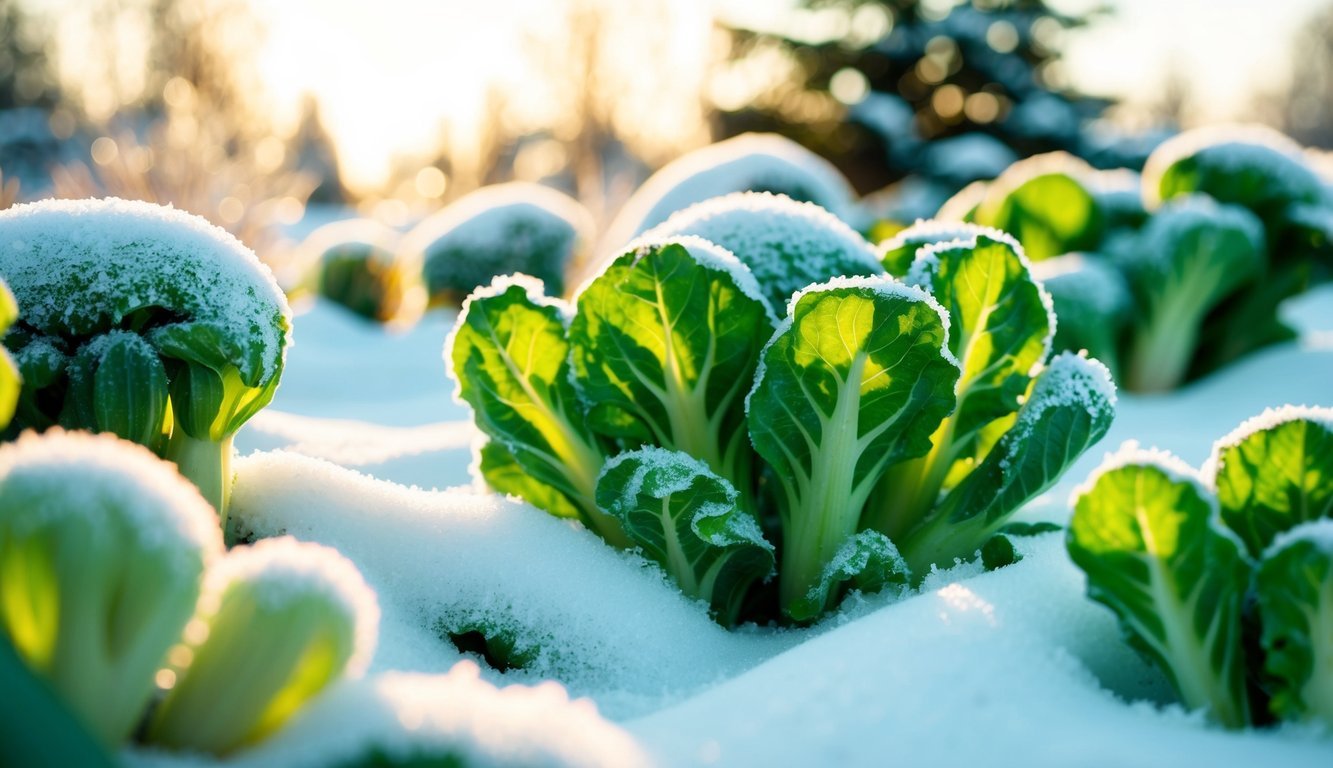
While many gardeners are winding down for the season, Martha remains active in her garden, harvesting a bountiful supply of vegetables even as winter chill sets in.
In a recent blog update, she shared her excitement about the exceptional flavors of root vegetables like parsnips, celeriac, and carrots, all of which benefit from frost exposure.
Winter Harvest Delights
Martha pointed out that the cold months make certain vegetables even tastier, particularly those that grow underground.
Though she has readied many of her beds for the winter, several continue to flourish with vibrant root crops, which require a growth cycle of about four months.
The wait, she assures, is more than worthwhile given the delightful taste of the harvest.
This year has been particularly fruitful; Martha’s garden has been brimming with a variety of organic vegetables.
As winter approaches, she relishes the benefits of freshly harvested celeriac, a vegetable that differs from traditional celery.
While the common celery is sought for its crisp stalks and fresh leaves, celeriac is prized for its unique bulbous stem, known as the hypocotyl, along with its leafy shoots.
Expert Harvesting Techniques
Ryan McCallister, Martha’s head gardener, expertly harvests the celeriac using a straight-edged knife to cut the leafy stalks.
This process can be tricky, as the vegetable’s many small roots tend to anchor it firmly in the soil.
Once he carefully extracts the celeriac, he skillfully trims away the fibrous roots from the bulb base.
For Martha, the flavor profile of celeriac is a delightful mix of mildness with hints of sweetness and nuttiness, completely free from bitterness.
Beyond celeriac, Martha is also delighting in the sweetness of her autumn carrots.
She explains that these cooler-weather carrots boast a richer sweetness than their summer counterparts.
As they mature, the carrots convert their stored starches into sugars, which protect them from freezing temperatures and heighten their taste.
After pulling them from the ground, Ryan cuts the tops, leaving a small stub of about 2 to 3 inches for ease of handling.
Nourishing Winter Creations
Following the carrots, Martha moves on to her parsnips, which she handles with care to prevent any damage.
She notes that both the leaves and stems of parsnips, with their broad and smooth texture, aren’t just decorative; they can enhance soups and stews with their flavor.
According to her, the tastiest parsnips typically measure between 8 and 10 inches long, giving them both robust flavor and a thicker skin compared to carrots.
Once the vegetables are cleaned, Martha stores them in the refrigerator, ready for her culinary creations.
Rich in vital nutrients like vitamins C, K, B6, along with potassium, phosphorus, and fiber, celeriac will soon be transformed into a delicious soup that she plans to prepare.
Through her efforts, the garden remains a source of joy and nourishment, even as the colder months settle in.
Source: Marthastewart

